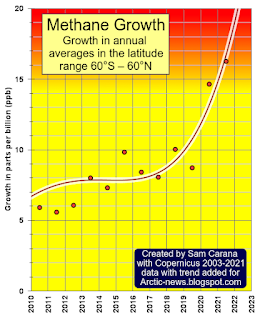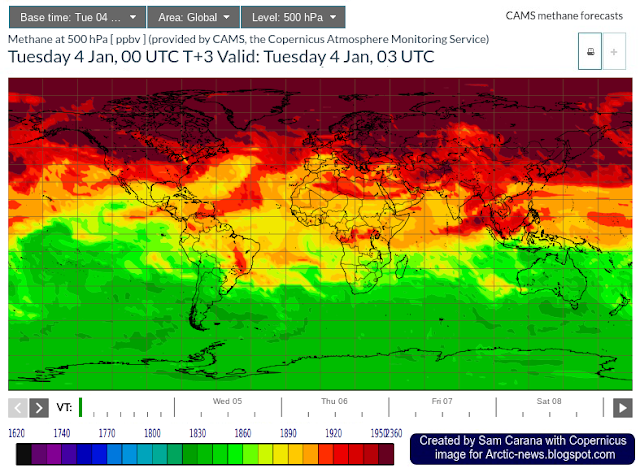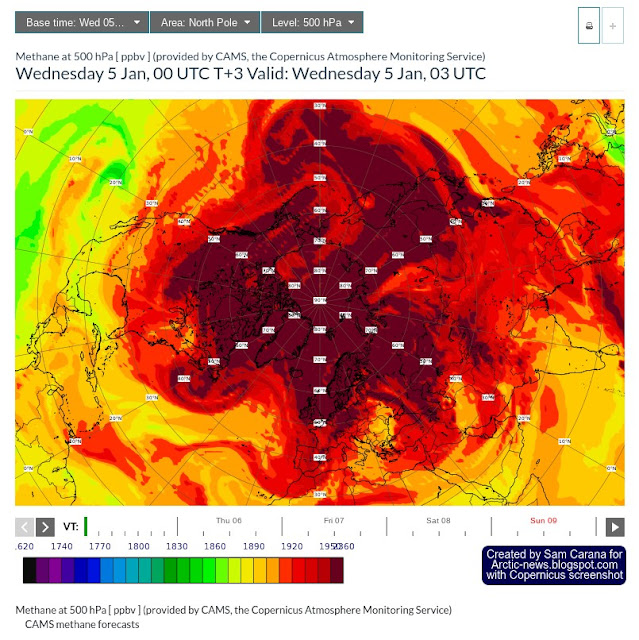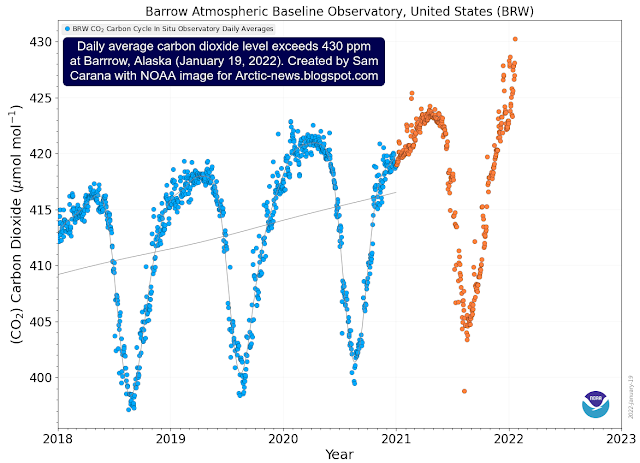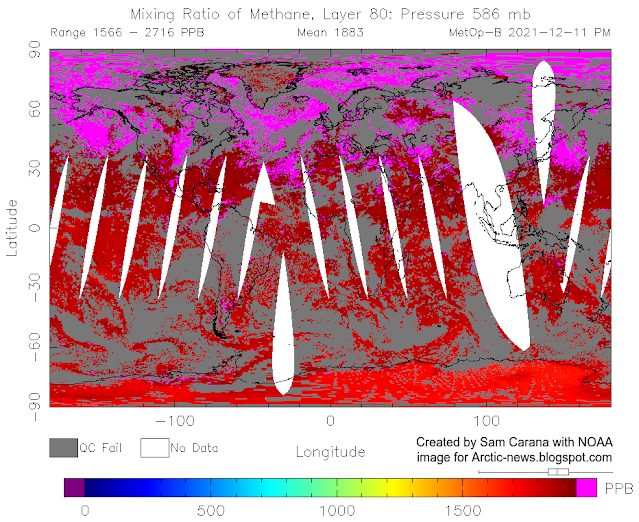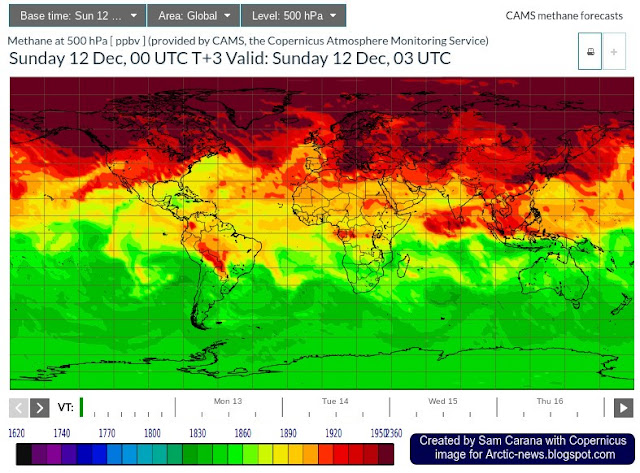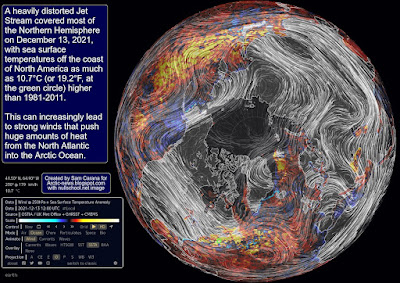by Andrew Glikson
 |
| Figure 1. “The Nuclear Winter” by Carl Sagan |
The Cretaceous-Paleocene boundary (~66 million years-ago) asteroid impact, described in 1980 by Alvarez et al., caused enough dust and debris to cloud large parts of planet and result in the mass extinction of some 80% of all species of animals.
Current nuclear arsenals by the United States and Russia could inject 150 Teragram (Tg) (10⁹ kilogram) of soot from fires ignited by nuclear explosions into the upper troposphere and lower stratosphere (Coupe et al., 2019), lasting for a period of 10 years or longer, followed by a period of intense radioactive radiation over large areas. Even a “limited” nuclear war, such as between India and Pakistan, would release enough aerosols to affect large regions, killing millions or billions through starvation. As stated by Robock et al., 2007): “The casualties from the direct effects of blast, radioactivity, and fires resulting from the massive use of nuclear weapons by the superpowers would be so catastrophic … the ensuing nuclear winter would produce famine for billions of people far from the target zones”.
By 2021, with a global arsenal of ~13.000 nuclear warheads, 90 percent of which held by Russia and the US, regional conflicts such as in the Ukraine and Taiwan threaten to spill world-wide. As the clock of the atomic scientists is set at 100 seconds to doomsday, the rising probability of an intended or inadvertent nuclear war, in the background of rising global warming, indicate an hour of truth for the species―a choice between the defence of life on Earth and global suicide.
While the inhabitants of the planet are preoccupied with the 24 hours news cycle, media hype, superlatives, a deadly Virus, economic issues and sport games, the hair-trigger nuclear gun loaded by the powers to be, east and west, are threatening all life on Earth.
 |
| Figure 2. Robock et al. (2007): Global average surface air temperature change from the 5 Tg standard case (red) in the context of climate change over 125 years climate change (125 years NASA data). From Robock et al. (2007). |
A release of 5Tg (Tera-gram) of black carbon is modelled to lower the average global temperature by about 1.5°C (Robock et al. 2007), although over the continents cooling is likely to be more abrupt.
 |
| Figure 3. Robock et al. (2007): Time variation of global average net surface shortwave radiation, surface air temperature, and precipitation changes for the 5 Tg standard case. The global average precipitation in the control case is 3.0 mm/day, so the changes in years 2-4 represent a 9% global average reduction in precipitation. The precipitation recovers faster than the temperature, but both lag the forcing. For comparison the global average net surface shortwave forcing from a model simulation of the 1991 Mt. Pinatubo eruption (Oman et al., 2005) is shown. |
Such an extreme event would arrest global warming for a period of about 10 years or longer (Figures 2 and 3), possibly in part analogous to the consequences of a less abrupt flow of polar ice melt into the oceans, as modelled by Bronselaer et al. (2018) (Figure 5).
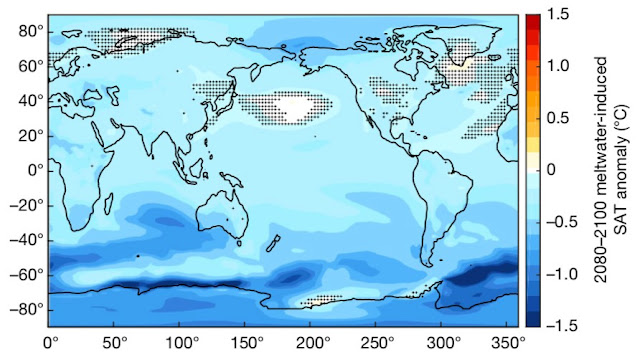 |
| Figure 5. Model 2080–2100 meltwater-induced sea-air temperature anomalies relative to the standard RCP8.5 ensemble (Bronselaer et al., 2018), indicating marked cooling of parts of the southern oceans. Hatching indicates where the anomalies are not significant at the 95% level. |
When Sagan and colleagues published their observations of a nuclear winter scenario as a warning to humanity, Sagan was painted as an “alarmist” by many, facing extensive criticism not just from pro-nuclear conservatives but also from scientists who resented him for leveraging his personal fame for advocating what some regarded as political views. A similar situation occurs nowadays with regard to the accelerating global warming and the nuclear threat, as confirmed by the warning by the Bulletin of the Atomic Scientists.
From the January 20, 2022 Bulletin of the Atomic Scientists news release:
While the past year offered glimmers of hope that humankind might reverse its march toward global catastrophe, the Doomsday Clock was set at just 100 seconds to midnight. The time is based on continuing and dangerous threats posed by nuclear weapons, climate change, disruptive technologies, and COVID-19. All of these factors were exacerbated by “a corrupted information ecosphere that undermines rational decision making.” The Doomsday Clock statement explains that the “decision does not, by any means, suggest that the international security situation has stabilized. On the contrary, the Clock remains the closest it has ever been to civilization-ending apocalypse because the world remains stuck in an extremely dangerous moment.”
From the January 20, 2022 Bulletin of the Atomic Scientists news release:
While the past year offered glimmers of hope that humankind might reverse its march toward global catastrophe, the Doomsday Clock was set at just 100 seconds to midnight. The time is based on continuing and dangerous threats posed by nuclear weapons, climate change, disruptive technologies, and COVID-19. All of these factors were exacerbated by “a corrupted information ecosphere that undermines rational decision making.” The Doomsday Clock statement explains that the “decision does not, by any means, suggest that the international security situation has stabilized. On the contrary, the Clock remains the closest it has ever been to civilization-ending apocalypse because the world remains stuck in an extremely dangerous moment.”
 |
| Andrew Glikson |
Earth and Paleo-climate scientist
School of Biological, Earth and Environmental Sciences
The University of New South Wales,
Kensington NSW 2052 Australia
The Asteroid Impact Connection of Planetary Evolution
https://www.springer.com/gp/book/9789400763272
The Archaean: Geological and Geochemical Windows into the Early Earth
https://www.springer.com/gp/book/9783319079073
Climate, Fire and Human Evolution: The Deep Time Dimensions of the Anthropocene
https://www.springer.com/gp/book/9783319225111
The Plutocene: Blueprints for a Post-Anthropocene Greenhouse Earth
https://www.springer.com/gp/book/9783319572369
Evolution of the Atmosphere, Fire and the Anthropocene Climate Event Horizon
https://www.springer.com/gp/book/9789400773318
From Stars to Brains: Milestones in the Planetary Evolution of Life and Intelligence
https://www.springer.com/us/book/9783030106027
Asteroids Impacts, Crustal Evolution and Related Mineral Systems with Special Reference to Australia
https://www.springer.com/us/book/9783319745442
The Event Horizon: Homo Prometheus and the Climate Catastrophe
https://www.springer.com/gp/book/9783030547332
The Fatal Species: From Warlike Primates to Planetary Mass Extinction
https://www.springer.com/gp/book/9783030754679





